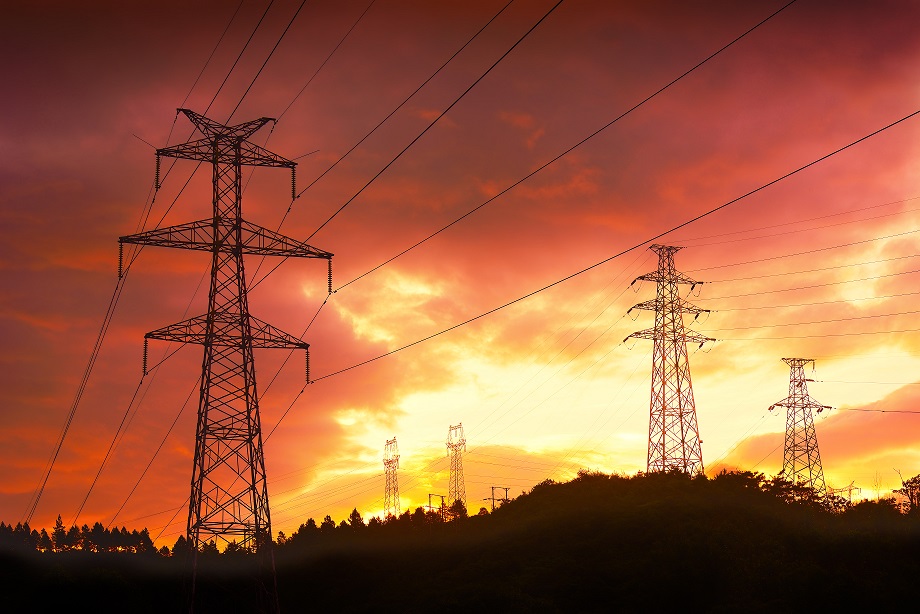Unlock the gridlock: GB electricity industry calls for a fit-for-purpose connections regime
Published on 1st June 2023
How have recent Ofgem proposals been received and can they deliver what generators want from the connection regime?

Ofgem has recently published an open letter to stakeholders across the energy and utilities industry on the UK energy regulator's plans for future reforms to the electricity grid connections process.
This follows widespread unease across the industry over the speed with which new renewable generation is able to connect to the electricity grid. Many renewables projects have had connection date offers into the mid- to late-2030s, which has caused major concerns for the UK's ability to meet its climate targets as well as for those seeking investment and financing in projects.
Ofgem's open letter is a welcome development to address this urgent problem. It seeks to establish a roadmap for speeding up grid connections in order to keep the UK on track for its net-zero targets. It follows on from work by National Grid Electricity System Operator (ESO) and the Energy Networks Association (ENA). However, will this be enough to unlock the gridlock?
'Fit for the future'
Currently, the connections regime for the distribution network is based on a first-come, first-served model. This has led to a significant backlog, with more than 50GW of capacity waiting to connect as at February 2023.
There are, however, significant concerns over how many of the projects in this waiting list are viable and how many are – in reality – non-viable projects that will never be built. Instead, many stakeholders have advocated for a "first ready, first connected" approach, where projects which have met agreed milestones will be given priority.
Ofgem has focused on three factors in its open letter: connections processes that are "fit for the future", strategic network investment, and efficient and flexible network management.
Connections processes
To address the bottleneck in capacity waiting to connect, Ofgem says it is targeting "connection offers with shorter average connection dates which better meet customers' needs and enable a timely transition to net zero." It will therefore review its connection processes. As it looks to achieve this goal, Ofgem has developed a set of overarching principles to guide its review of connection processes.
These include reforms that deliver benefits to current and future consumers, accelerate progress toward net zero, begin to deliver as soon as possible and by 2025, support improved coordination across the onshore and offshore networks on the transmission and distribution grids, and offer connections that are resilient to further reform (for example, the UK's Review of Electricity Market Arrangements and Future System Operator programmes).
Strategic network investment
Ofgem encourages transmission owners to prioritise strategic network upgrades before the need for upgrades arise (having already published its decision on the around £20 billion accelerated strategic transmission investment scheme in December 2022).
A Centralised Strategic Network Plan will be introduced to identify specific upgrades required to meet the 2035 and 2050 decarbonisation targets and, at a local level, Ofgem's consultation on local system governance has recently closed and awaits a decision.
Efficient and flexible management
Ofgem will develop improved network monitoring and standardised data. The aim is to enable the use of flexibility. In addition, IT and telecoms funding will be issued to distribution network operators (DNOs) under the electricity distribution price control (known as RIIO-ED2). Ofgem has also, in a separate consultation, proposed the introduction of a market facilitator flexible resource to unlock greater value from flexibility and encourage enhanced system operations from DNOs to better manage their networks.
Prior work built upon
Ofgem's open letter supplements and references work already undertaken by ESO and the ENA, which have each published a plan for improving connections processes in the short term. In the open letter, Ofgem has coordinated the proposals within the ESO's five-point plan and ENA's three-step plan under the umbrella of the following themes:
Queue management
The ESO operated an amnesty process, which has recently closed. While this was open, projects could voluntarily exit the transmission entry capacity queue without incurring any penalty. The amnesty has broadly been welcomed; however, some stakeholders (such as Octopus Energy in its "End the Gridlock" report) have suggested that the amnesty process should have gone further, with network and system operators enforcing a "sunset clause" on historic offers to free up capacity elsewhere.
The ESO is also developing contractual terms, which will ensure that projects that do not meet development milestones are removed from the queue. This will allow for more efficient queue management. The ENA has similarly advocated the promotion of mature projects, which are closer to delivery, ahead of those that could be blocking the queue.
The ESO also wants to develop improved background modelling and planning assumptions, to reflect the reality that not all projects in the queue will connect.
Storage capacity
With over 56GW of battery storage now contracted and queued to connect to the networks, the risk of material delays for other connections with higher capacity-utilisation increases, resulting in inefficiencies for consumers and delaying the transition to net zero.
Both the ESO and the ENA are seeking to alter the treatment of battery storage on the network, allowing such projects to increase network capacity for other projects. Each has favoured the introduction of an interim, non-firm connection offer which would allow storage projects to connect faster, albeit with constraints applied.
Network coordination
With the ENA estimating that 28GW of queued generation capacity is reliant on transmission network upgrades, the need for coordination between networks is considerable. The ENA proposes to develop "clearer, more consistent technical boundaries between transmission and distribution" and a coordinated queue management approach between the networks.
The ENA proposals tie in with the ESO's Connections Reform Project, which seeks to address the increasing volume of connection applications.
Osborne Clarke comment
Ofgem's open letter was published amid widespread concern across the energy industry regarding delays in the connections queue. It is encouraging to see stakeholders acknowledge the threat posed by connections delays on the UK's net-zero goals and look pragmatically at how immediate improvements can be made.
Ofgem's contribution to the debate is a welcome one. However, it remains unclear how much change the ESO or ENA can implement without altering the transmission and distribution licences and relevant industry codes. The ENA referred to "longer term changes" and "strategic updates to standards and codes", indicating that systemic overhaul may be required for identifiable results to emerge.
With the regulator now firmly aligned with industry on what is required, there is a clearer roadmap. However, it may not be until the second REMA consultation (expected later in 2023) when the structural questions are more fully addressed.





